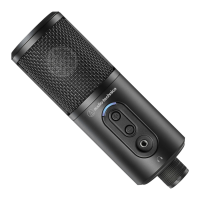
Do you have a question about the Audio Technica ATR2500x-USB and is the answer not in the manual?
| Brand | Audio Technica |
|---|---|
| Model | ATR2500x-USB |
| Category | Microphone |
| Language | English |
Instructions for setting up the microphone on the included tripod desk stand.
Instructions for mounting the microphone onto a conventional microphone stand.
Guidance on connecting the microphone to a computer or digital recording device using a USB cable.
Details on connecting headphones to monitor audio output directly from the microphone.
Steps to connect the ATR2500x-USB microphone to a Mac via USB port.
Ensuring the Mac correctly identifies and selects the ATR2500x-USB as the sound input device.
Configuring the Mac's audio output to use internal speakers or other desired devices.
Enabling software access for applications to use the microphone on macOS Mojave and Catalina.
Unlocking security preferences and enabling specific apps for microphone access.
Accessing and configuring the Audio MIDI Setup application for sample rate and input levels.
Adjusting sample rate and channel volume for the ATR2500x-USB input device.
Selecting desired sample rates (e.g., 48 KHz) for video synchronization and recording.
Navigating through Windows 10 Start menu to access the main Settings application.
Selecting the 'System' category within Windows Settings for audio configuration.
Accessing and configuring the Sound settings to select input and output devices.
Choosing the ATR2500x-USB as the input device and configuring output devices like computer speakers.
Opening the Sound Control Panel for detailed microphone configuration.
Adjusting microphone input gain (levels) via the Properties dialog in Sound Control Panel.
Changing the microphone's sample rate from the Advanced tab in Microphone Properties.
Configuring exclusive mode settings to allow applications control over the microphone's sample rate.
Accessing Windows 10 privacy settings to manage microphone access for the system and apps.
Verifying that the 'Allow apps to access your microphone' switch is enabled in privacy settings.
Enabling specific Microsoft Store apps to access the microphone via privacy settings.
Enabling desktop applications like Audacity to access the microphone through privacy settings.
Instructions on connecting headphones to the microphone for direct audio monitoring and volume control.
Recommendations for recording software, mentioning Audacity as a free option.
Guidance on adjusting microphone input levels for optimal recording performance and avoiding distortion.
Advice on optimal microphone placement for clear audio capture and best frequency response.
Recommendations for protecting the microphone from environmental factors like sun exposure and humidity.
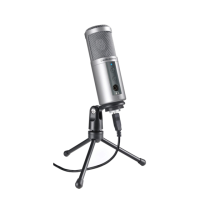
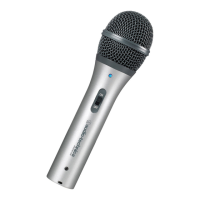
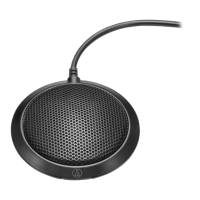

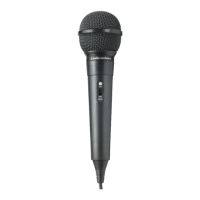
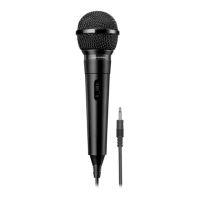
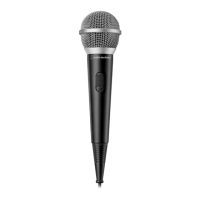

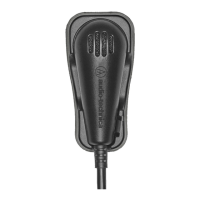
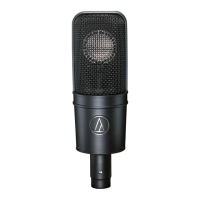
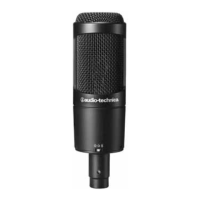
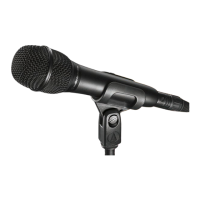
